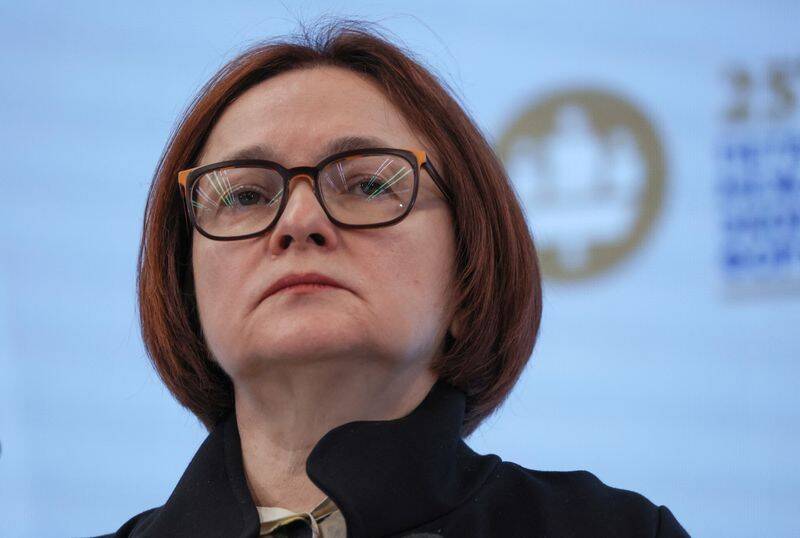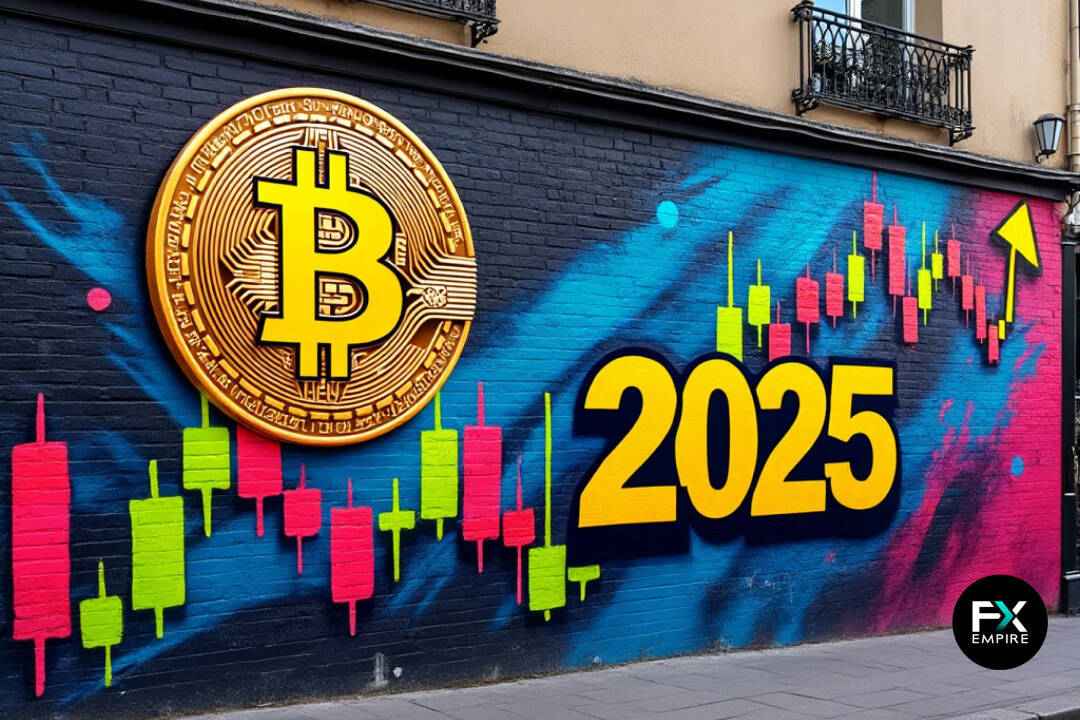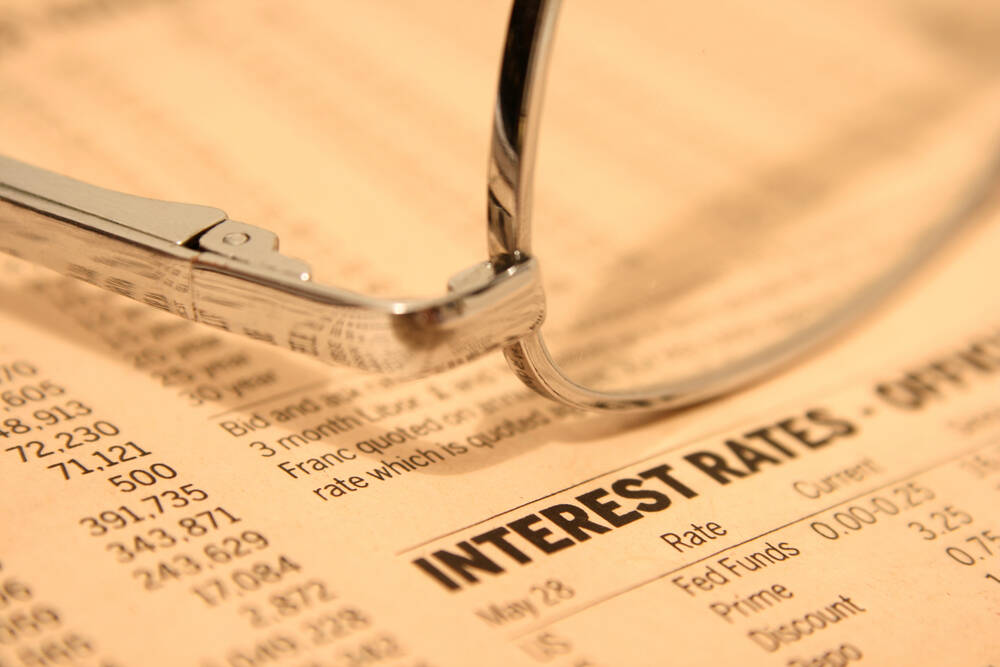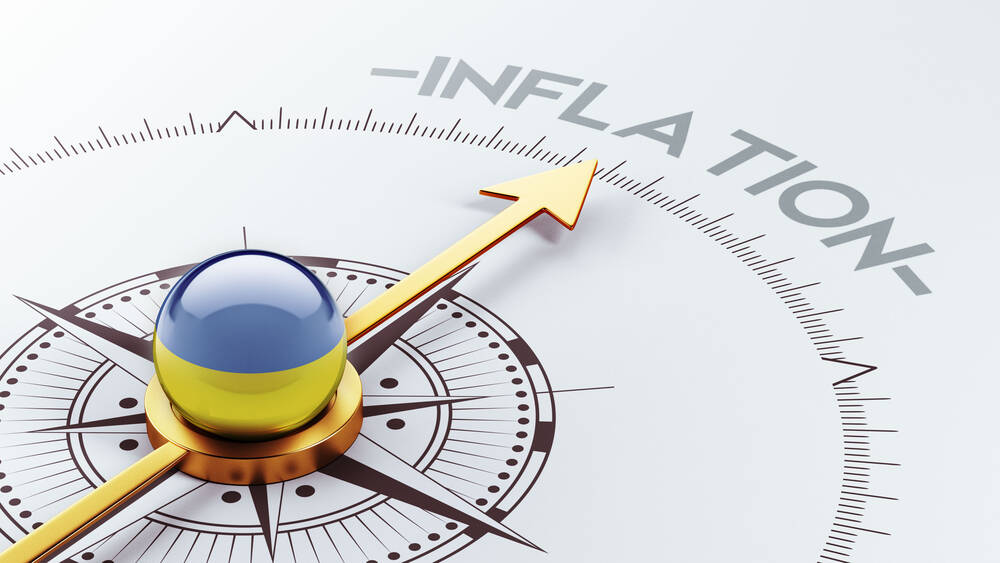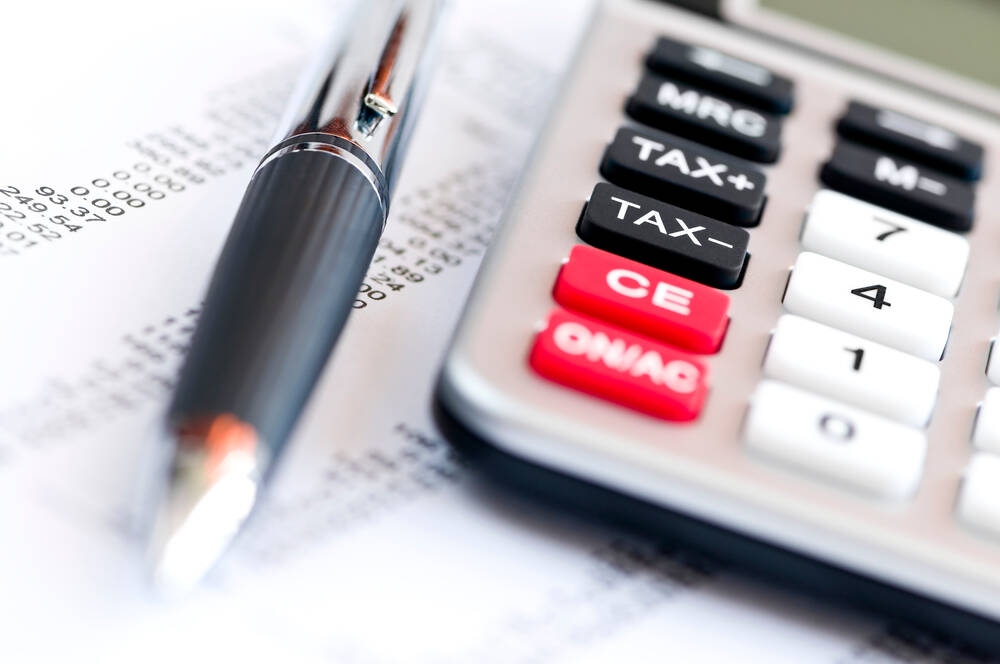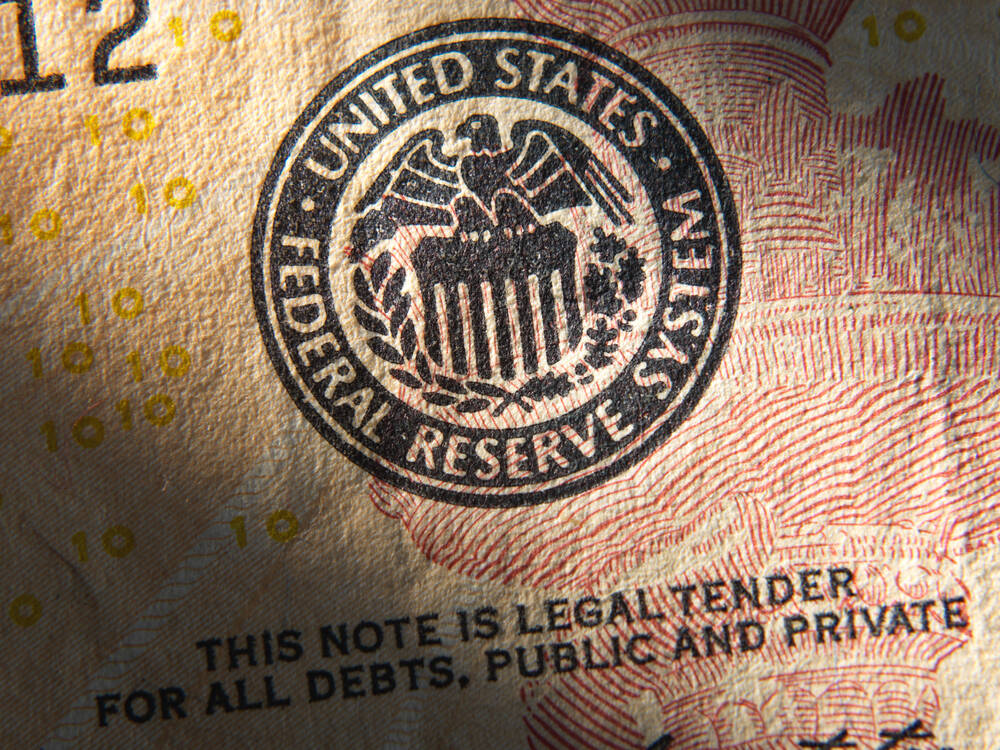Advertisement
Advertisement
Search Indicator:
Choose Country 
Germany Inflation Rate
Last Release
Mar 31, 2025
Actual
2.2
Units In
%
Previous
2.3
Frequency
Monthly
Next Release
Apr 30, 2025
Time to Release
18 Days 8 Hours
Highest | Lowest | Average | Date Range | Source |
11.54 Oct 1951 | -7.62 Jun 1950 | 2.47 % | 1950-2025 | Federal Statistical Office |
In Germany, the most important categories in the consumer price index are Housing, water, electricity, gas & other fuels (32 percent of the total weight), Transport (13 percent), Recreation, entertainment & culture (11 percent) and Food & non-alcoholic beverages (10 percent). The index also includes Miscellaneous goods & services (7 percent), Furniture, lighting equipment, appliances & other household equipment (5 percent), Restaurant & accommodation services (5 percent), Health (5 percent) and Clothing & footwear (5 percent). The remaining 7 percent of the index is composed by Alcoholic beverages & tobacco, Communication and Education.
Latest Updates
Germany’s annual inflation rate was confirmed at 2.2% in March 2025, slightly easing from 2.3%, marking the softest pace since last November. This moderation came amid a sharp slowdown in services inflation, which eased to 3.5% from 3.8% in February, along with a faster decline in energy costs, which fell by 2.8% compared to a 1.6% drop in the previous month, mainly weighed by lower prices for motor fuels, solid fuels, and heating oil. However, food inflation increased to 3.0%, up from 2.4%. Core inflation, which excludes volatile items such as food and energy, also slowed to 2.6%, the lowest rate since June 2021. On a monthly basis, consumer prices advanced by 0.3% in March, following a 0.4% rise in February. Meanwhile, the EU-harmonised inflation rate increased 2.3% year-over-year, after a 2.6% rise in February, while monthly harmonised consumer prices climbed 0.4%, easing slightly from a 0.5% gain.
Germany Inflation Rate History
Last 12 readings

